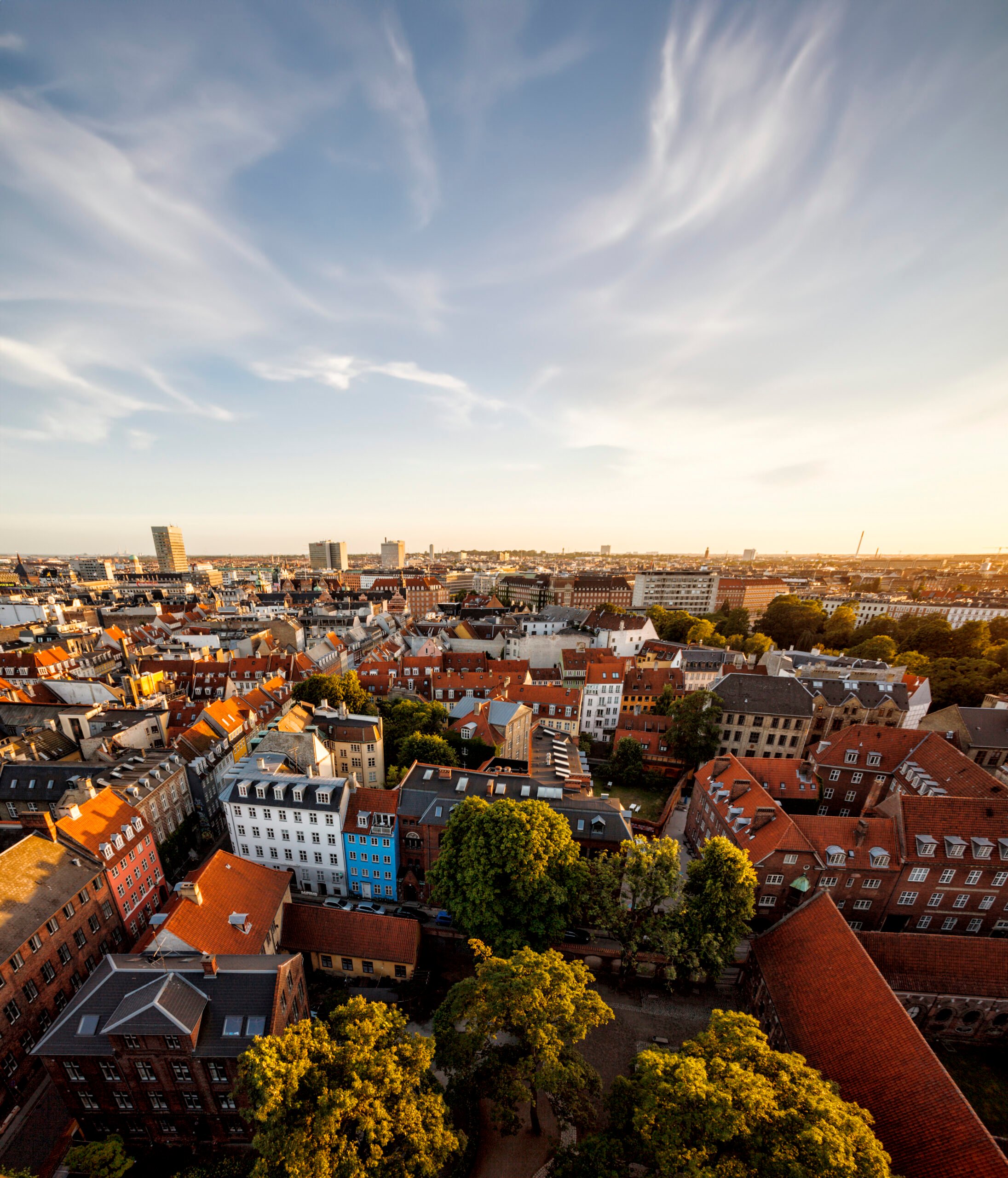News
Buildings
District energy
District heating
+5
27% Energy Savings and DKK 4 million saved each year


Two years ago Roskilde University (RUC) initiated Denmark’s biggest national ESCO project; an energy renovation concept where the costs of renovation are paid by the subsequent savings, and the contractor guarantees the energy savings calculated in the analysis phase. With an investment of DKK 76 million (EUR 10.2 million), Siemens guaranteed a significant reduction in energy expenses, specifically 27% in energy savings from the building mass, corresponding to DKK 4 million (EUR 538,000) per year. Now the renovation is complete and the guarantee comes into force.
- Browse through +1,400 technologies from +600 Danish companies
“RUC have implemented a very strong ESCO project, refining the model, so it stands even stronger in the future. RUCs project benefits both the environment, the energy bill and the quality and maintenance of the buildings. In addition, there is the student aspect, which are involved on an ongoing basis and thereby strengthen their insights into climate solutions. This successful project bodes well for the future”, says Lars Nielsen, ESCO Director at Siemens.
District heating station and solar cells
The significant energy savings are achieved by installing new district heating pipes between the 33 tower blocks on campus; installing new, decentralised district heating stations in all buildings; installing a 6,500 m2 photovoltaic system on the flat roofs, and converting a lot of the lighting to LED. In addition, a large energy-efficient ventilation system was installed, as well as water saving fixtures and toilets, energy saving software on computers, and a building management system that optimises energy management by monitoring and adjusting the energy in the case of larger energy fluctuations. The photovoltaic system alone is expected to deliver about 25% of the universities future electricity consumption.
- Download white paper: Smart Buildings
“It has been an exciting project for the Danish Building and Property Agency, and we have been pleased cooperating with both RUC and Siemens. The ESCO model means that we are more certain about achieving the expected and contracted savings because the incentive for the contractor is greater in terms of ensuring that the solutions work in practice. This also has a positive impact on the cooperation and project implementation, which have been very efficient in this project”, says Signe Primdal Lyndrup, Deputy Director at the Danish Building and Property Agency.
Peter Lauritzen, Univeristy Director at the University of Roskilde is also pleased about the ESCO project:
“The project is a good way for RUC to achieve a substantially lower and more environmentally friendly energy consumption. I am very pleased that we now have one of the lowest energy consumptions for universities in Denmark, without having to make a big economic investment”, he explains.
Facts about the ESCO project at RUC
- Siemens pre-analysis of RUCs 33 buildings has shown that the university can save 27% (including solar cells) in energy consumption.
- The energy renovation primarily comprises the technical installations such as plumbing, ventilation, lighting and a large photovoltaic system.
- The invested amount of DKK 70 million is expected to be reimbursed during 14.5 years.
- RUCs total savings: 1,334,690 kWh/year = 563.239 kg CO2 per year.
- RUCs total heat savings: 3,130,160 kWh/year = 597.234 kg CO2 per year.
- Photovoltaic system production: 779,940 kWh/year















